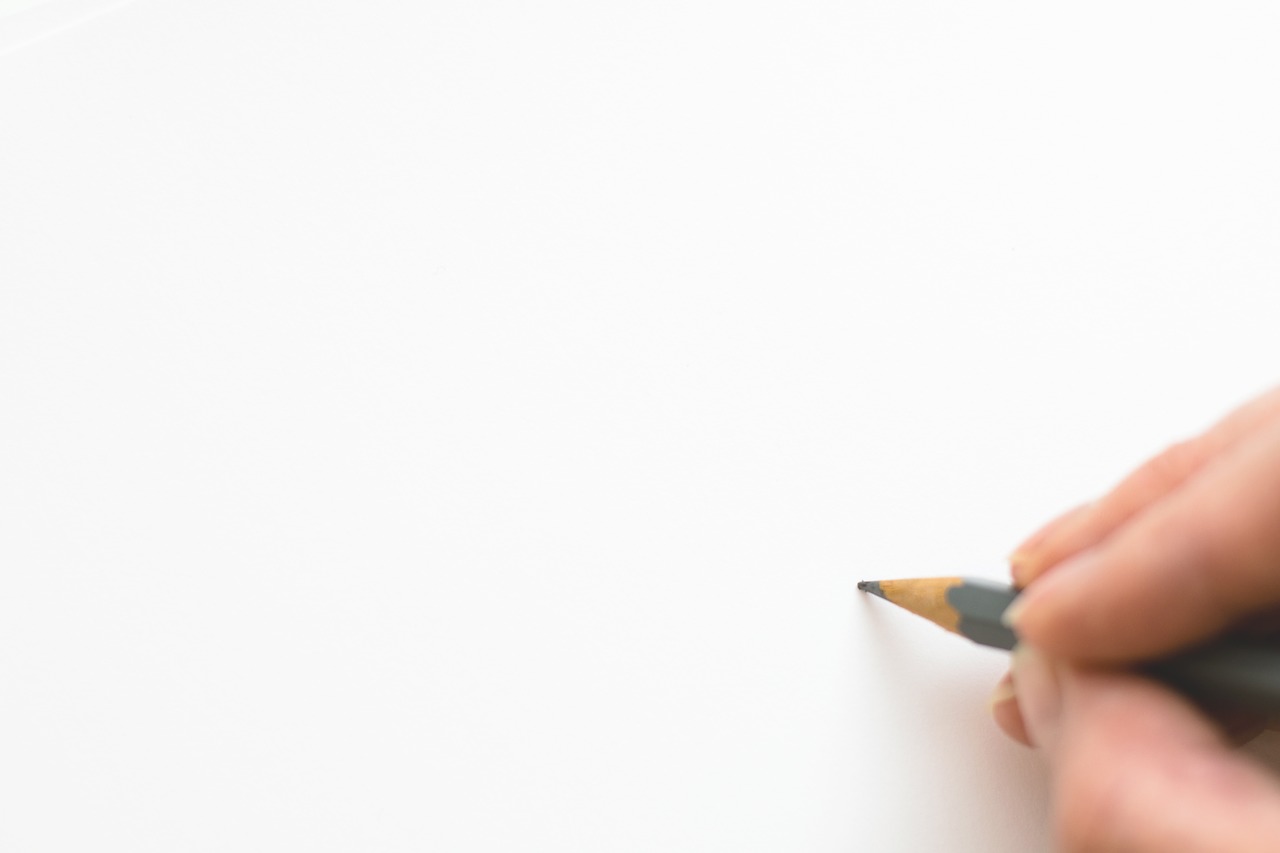In drawing, one of the most important things that you need to learn is how to sharpen a drawing pencil. Though it seems like a no-brainer task to sharpen your pencil since we have done it hundreds of times throughout our school life, sharpening a pencil actually takes skill. Remember that your drawing pencil is not the same as your regular pencil. And the result of the sharpening process contributes highly to the success of your drawing.
Importance of sharpening a drawing pencil
With a skillfully sharpened drawing pencil, your drawing becomes smoother, and you can efficiently finish your task. If your drawing pencil is not sharpened well, you will have a difficult time letting your creativity flow freely. You can make accurate lines, sharp lines, sweeping lines, fine lines, and broad lines with ease when you have an expertly sharpened drawing pencil. And the result is a beautiful and interesting drawing.
You need understand that if your pencil is improperly sharpened, you will end up making a lot of mistakes in drawing lines. You will have difficulty achieving the right marks in your drawing, and there is no proper control in your shading. Your drawing pencil must be capable of toning and shading using the side, and draw lines through the tip efficiently. And to do that, you need to get rid of the wood casing beside the graphite, and make sure that the graphite is elongated.
Sharpening your drawing pencil
Your drawing pencil is your tool for drawing. It needs to be sharp and properly sharpened at both the tip and the sides. Remember that you must never go to battle unprepared, and that is the same with drawing. Your drawing pencil is your means to convey your imagination and creativity. Learn how to sharpen it properly. Let us look at the different ways to sharpen your drawing pencil.
Electric pencil sharpener
Using an electric pencil sharpener reduces your stress to make it right. You simply insert your pencil on the hole and let the electric sharpener do its work. With this kind of sharpener, you have a sharp pencil tip and a wedge shaped graphite. And you can easily draw fine lines. An electric sharpener is great if you find it difficult to manually sharpen your drawing pencil.
Manual pencil sharpener
A manual pencil sharpener is a portable tool that typically has two holes for small and large drawing pencils. It provides similar results as the electric sharpener, but it is quiet and does not emit noises while sharpening. It is also very convenient since you can bring it anywhere without taking up too much space in your bag or drawing tools storage. And it is very easy to do as well. Simply insert your drawing pencil on the hole and turn the pencil multiple times until a sharp point is created.
Knife
A knife is a perfect sharpening tool for charcoal drawing pencils. Charcoal can get easily damaged if you use an electric sharpener since t is a bit soft. You can use a manual sharpener for a charcoal pencil, but it needs to be a slow process in order to keep the charcoal intact. In both cases, the charcoal can get stuck, and that can damage your sharpeners. So a knife is the best way to sharpen your charcoal pencil. It is also great for sharpening graphite pencils since you have full control of the sharpening process. Just be very careful not to hurt yourself while doing this task.
Sharpener and knife combo
There is really no rule about using any means of sharpening your drawing pencil. In fact, you can combine the use of electric or manual sharpener with a knife.
Use sharpener
Use an electric or manual sharpener to sharpen the tip of your drawing pencil. You will have a sharp tip that can draw fine lines, but no sides to create shading.
Use knife
Once you have a nice pencil tip, you can now use a sharp knife to create a drawing pencil that has both sharp tip and elongated sides.
- Hold the drawing pencil near the end, around 1 ½ inches. This is to provide stability in your knife sharpening process. Use your non-dominant hand to grab the pencil, and your dominant hand must handle the knife.
- From the shaft of the drawing pencil, measure around ¾ inch and position your sharpening knife there. Begin getting rid of the wood casing so expose the lead.
- Use your thumb to push the knife to cut through the wood, and use your non-dominant hand to move the pencil. Expose the graphite in the same length as a thumb knuckle, and start shaping the graphite.
Choose your sharpened point style
The tip of your drawing pencil has three styles for sharpening. You should choose which one you prefer.
- Chisel point – the pencil tip is shaped into a chisel, and you can achieve this by using your knife. You can draw two kinds of line with this point style, which are the thin but dark lines, and wider lines using the flat sides.
- Needle point – if you want to create needle-point lines or marks, you should sharpen your pencil tip in a needle point style. This point style resembles the thinness of a needle, and it can easily break. But the sharp concave design allows you to achieve a drawing with finer details.
- Bullet point – a bullet point style allows you to draw various kinds of lines. You can achieve this style by removing the last centimeter of wood from your drawing pencil. And then use the knife to carve the pencil’s end to form a bullet.
Use sandpaper
A great trick to sharpen your drawing pencil without going through the whole process is to use sandpaper to revive the sharpness of your pencil.
Conclusion
Practice sharpening your pencil using different methods until you became an expert. Remember that the way you sharpen is vital.



